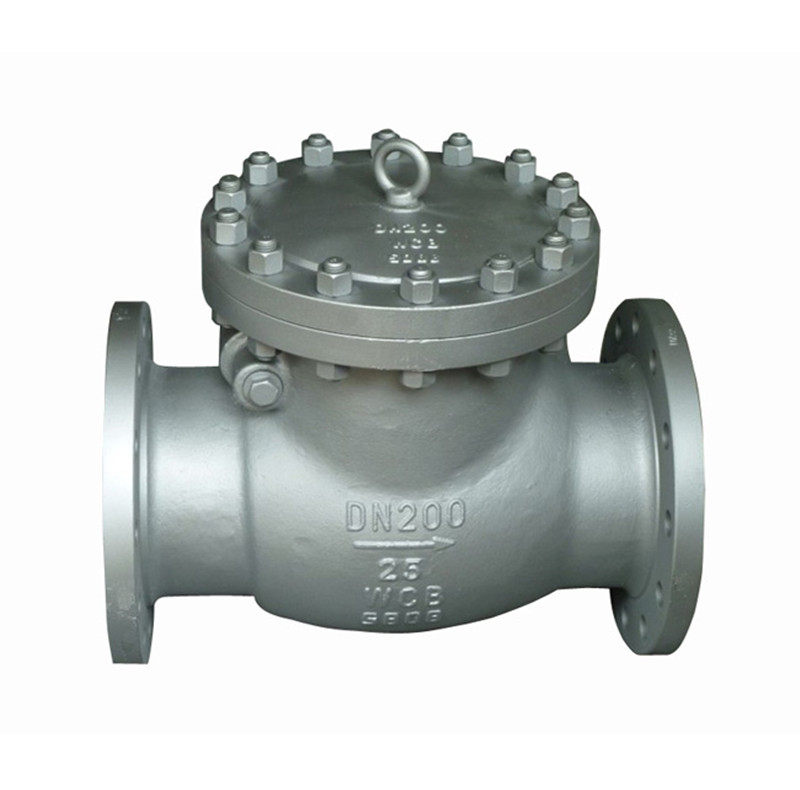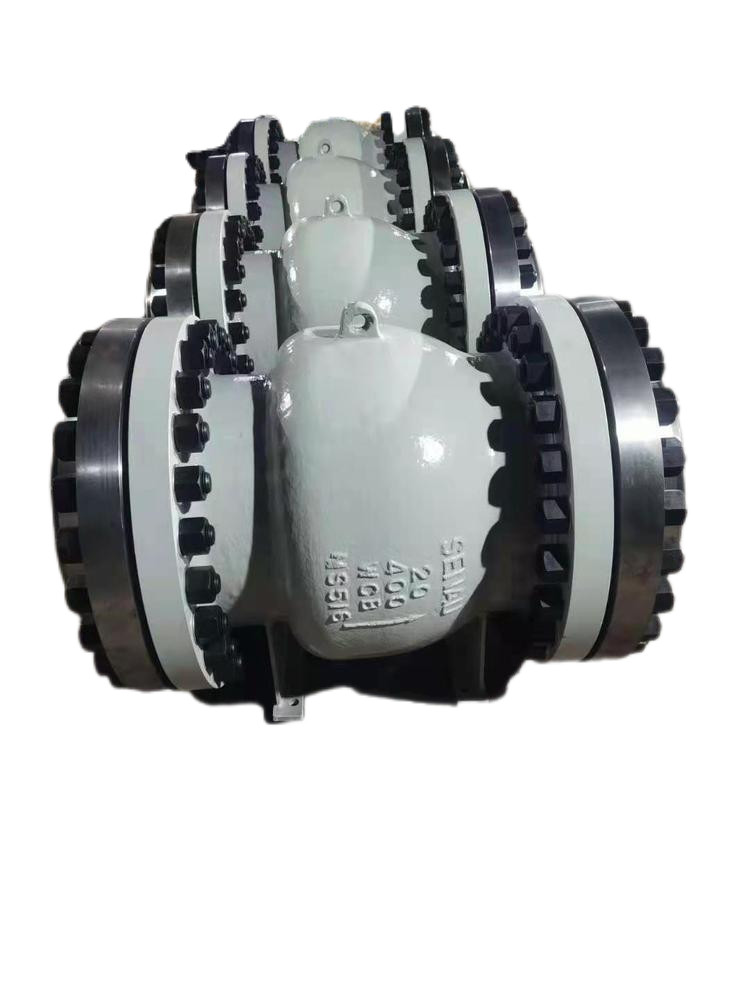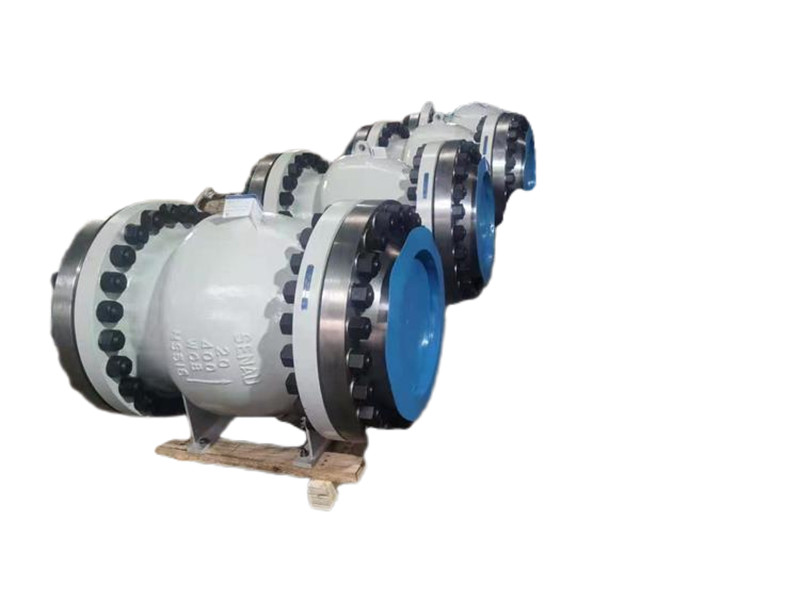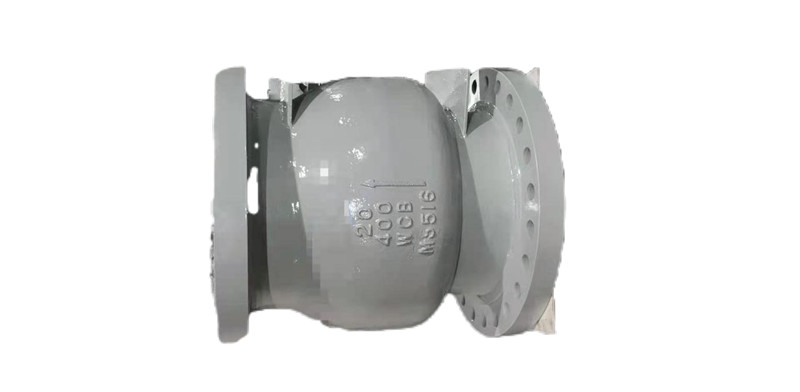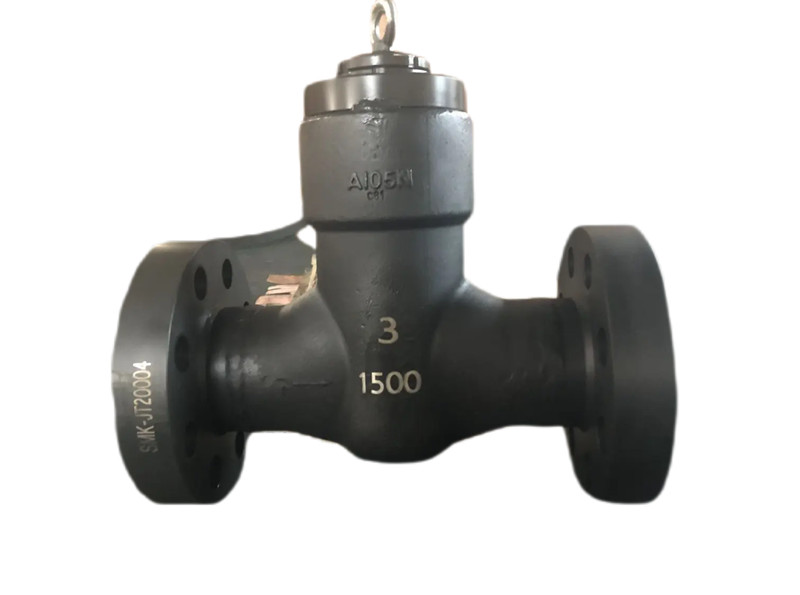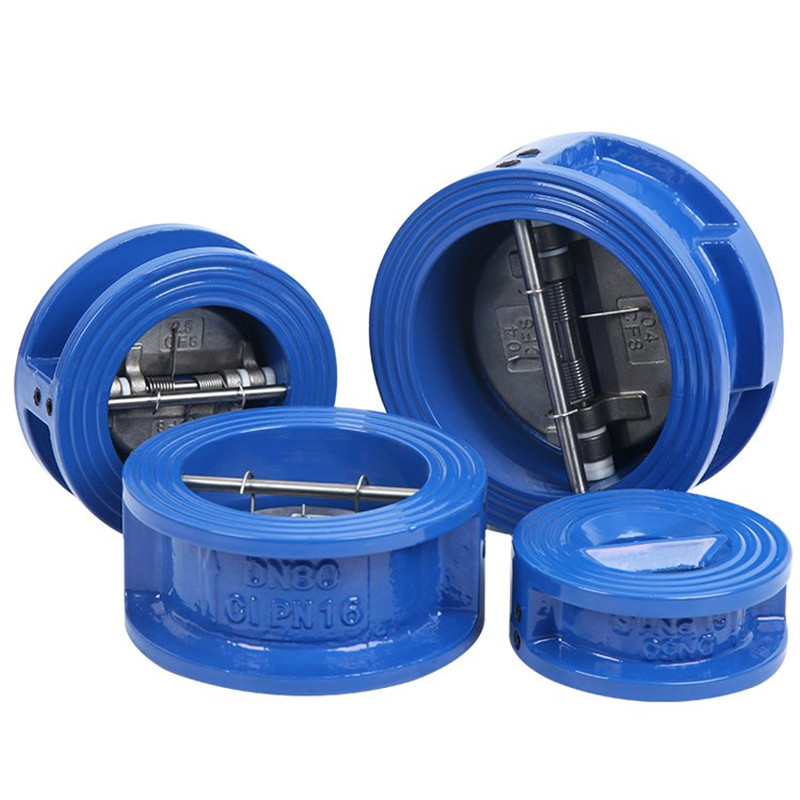Products
DIN DN200 PN25 Cast Steel Swing Check Valve
Bonnet: Bolted bonnet or pressure seal bonnet Integral
body seat or renewable seat ring Uni-directional
Swing type disc Casting disc (above 4”) or forged disc ( 2” to 4”)
Non full opening disc of BS168 , and full opening disc of API 6D
Lifting lug for 4” and above
Design Standard: DIN3352, BS EN1868
Size Range: DN50 to DN 1200
Pressure Range: PN 10 to PN160
End Connections: Flanged RF, RTJ, Butt Weld
Flanged End Dimensions: DIN2543, BS EN 1092-1
Butt Weld End Dimensions: EN 12627
Face to Face Dimensions: DIN3202, BS EN 558-1
Inspection and Testing: BS EN 12266-1, DIN 3230
Materials: 1.4301, 1.4306, 1.4401, 1.4404, 1.0619, 1.7357, 1.4552, 1.4107.
NACE MR 0175
Cryogenic Testing
By Pass Valves
Renewable Seat
PTFE coated bolts & nuts
Zinc coated bolts & nuts
Special painting as per your requirements
The length standard of the DIN DN200 PN25 Cast Steel Swing Check Valve structure is DIN3202, and the flange standard is designed and manufactured using DIN2543-DIN2546. The structure is reasonable, the performance is excellent, and the appearance is beautiful. The structure of DIN DN200 PN25 Cast Steel Swing Check Valve Standard flange check valves is generally similar to globe valves.
The valve disc moves up and down along a line in the channel, with reliable action, but with high fluid resistance, making it suitable for situations with light and small diameters.
Working principle of DIN DN200 PN25 Cast Steel Swing Check Valve:
When the medium flows into the valve body as indicated by the arrow on the valve body, the pressure of the medium exerts an upward thrust on the valve disc. When the medium thrust exceeds the gravity of the valve disc, the valve opens. When the force exerted by the pressure of the medium behind the valve on the valve disc plus the gravity of the valve disc itself is greater than the force exerted by the pressure before the valve on the valve disc, the valve closes to prevent the medium from flowing back.

